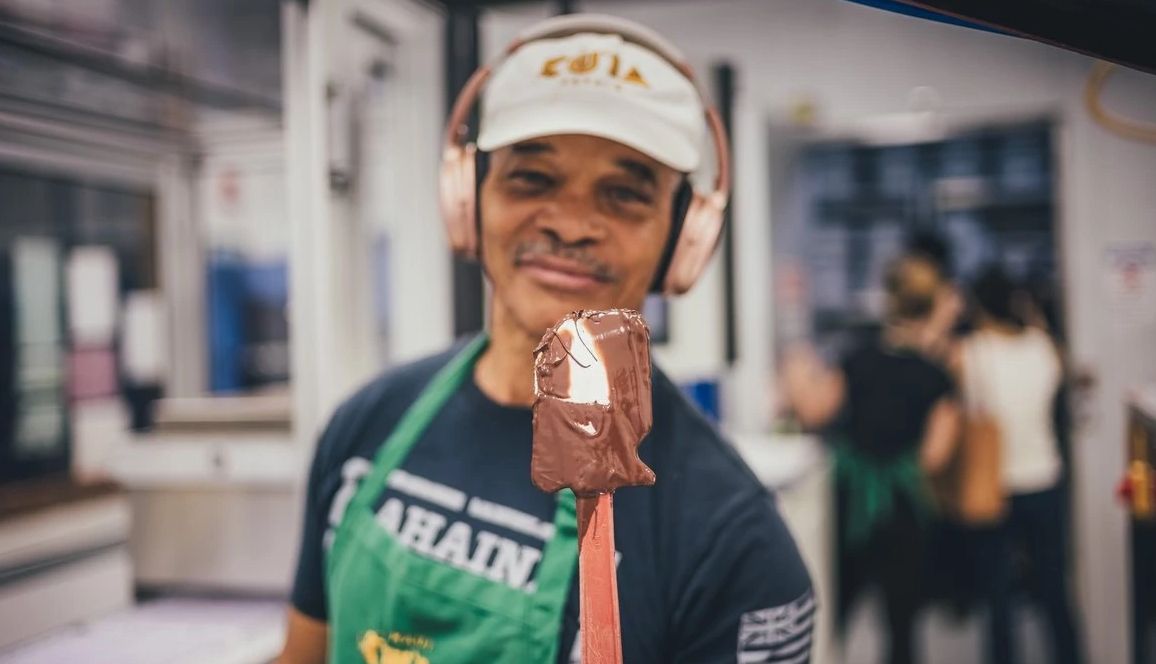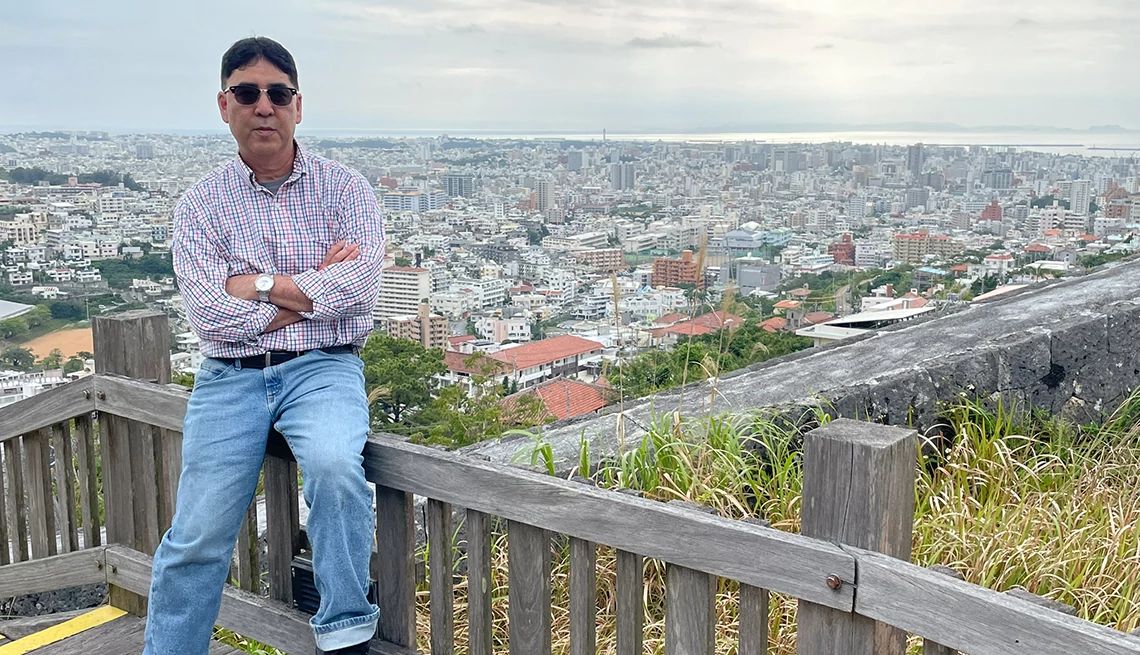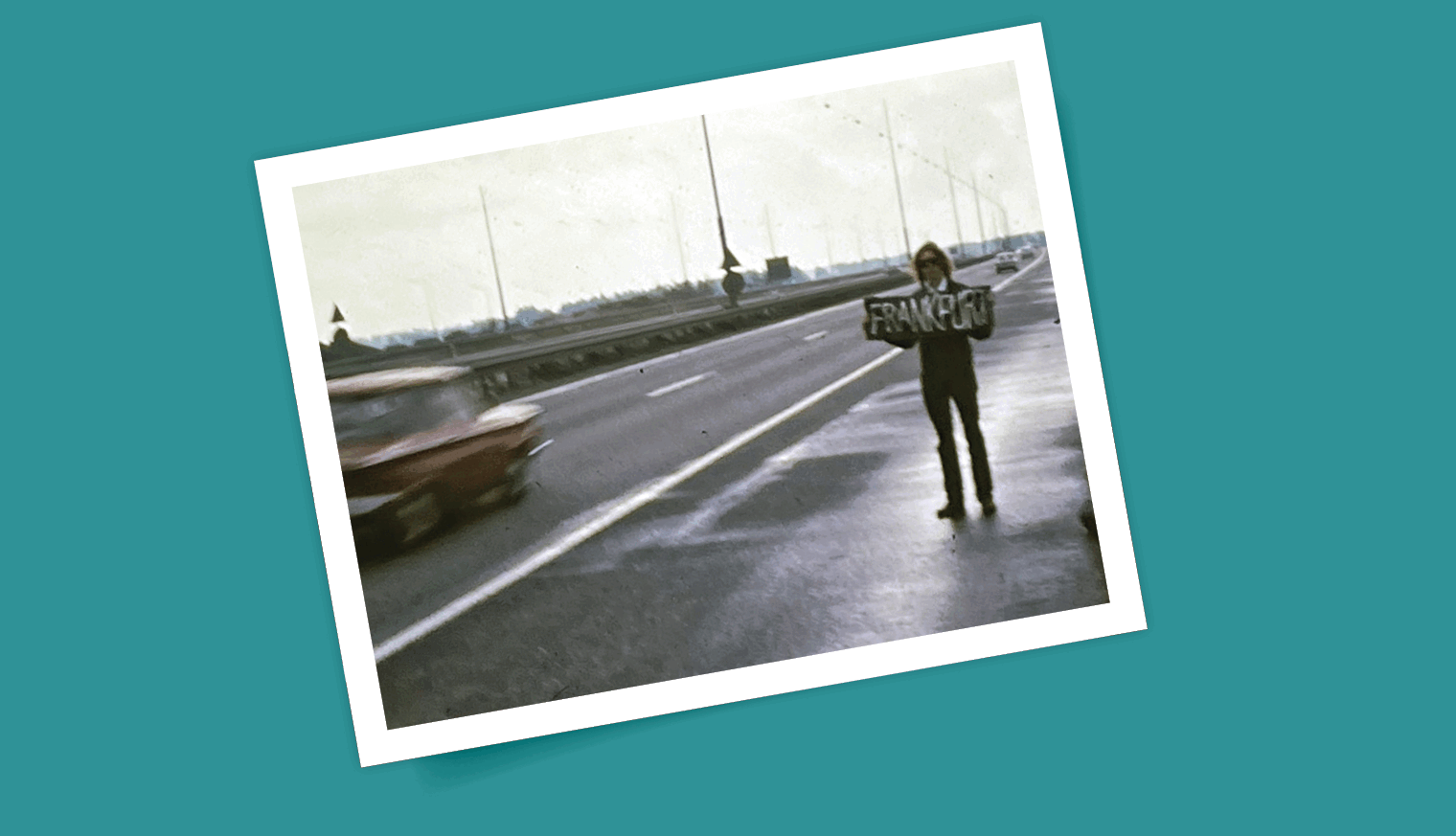AARP Hearing Center
From stunning beaches and volcanoes to waterfalls and wildlife, each of Hawai‘i’s six major islands has its own beauty and charm. The spirit of Aloha attracts travelers of all ages, but especially those over 60. According to the Hawai‘i Visitors & Convention Bureau, nearly 20 percent of visitors from the United States in 2023 were 60-plus.
There isn’t a bad time of year to visit Hawai‘i. In winter, shorts, T-shirts or Aloha shirts, and flip-flops are the norm, so pack your summer clothes. Avoiding holidays and school vacations will help keep costs down, but savvy planning goes a long way when sticking to a budget.
“Booking a package with hotel, flight and/or transfers can be an effective cost saving technique,” says Christina Turrini, leisure travel consultant and Hawai‘i and French Polynesia specialist. “Stay longer promotions are excellent for folks not tied to a traditional work schedule.”
While postcard-worthy beaches may be what initially draws sunshine seekers to “The Aloha State,” taking the time to understand its culture, and learn about Hawai‘i’s past and present, helps visitors become more respectful and responsible travelers.
“I challenge visitors to get to the heart and soul of a particular place,” says Naomi “Sissy” Lake-Farm, executive director of the Maui Historical Society. “Historical and cultural facts are what makes this place special and unique.”
Not sure what island to visit? Whether you land on Maui, Oʻahu, Kaua‘i, Lāna‘i, Moloka‘i, or Hawai‘i island, it’s tough to go wrong, but we’ve put together a guide to help you find the perfect island for your next vacation.
Maui: The best island for whale watching and a legendary drive
It’s been more than a year since wildfires devastated the historic Lahaina neighborhood, and Maui has felt the economic repercussions of the resulting drop in tourism. Maui is welcoming respectful visitors; tourism dollars can support local businesses and long-term recovery.
Top things to do on Maui
Snorkeling and whale watching. Teralani Sailing Adventures operates relaxing snorkeling cruises with barbecue lunches and an open bar, boarding at West Maui’s Kāʻanapali Beach. During winter months, when roughly 10,000 humpback whales migrate from Alaska to Hawai‘i, Teralani and numerous other providers run dedicated whale watching tours. The Ambassadors of the Environment educational program (developed by Jean-Michel Cousteau, son of oceanographer and filmmaker Jacques Cousteau) at the Ritz-Carlton Maui in Kapalua offers fun and informative snorkeling tours in Kapalua Bay. For a more adventurous day on the water, Redline Rafting Co. runs snorkeling tours to the islet of Molokini on small, fast Zodiac boats. Departing at 7 a.m. from Kihei in South Maui, the excursion includes the often-skipped backside of Molokini Crater. (On one early morning snorkeling adventure, I saw two Hawaiian monk seals, among the most endangered seal species in the world.)


Road to Hāna. Visitors are encouraged to book guided tours as opposed to driving the challenging Road to Hāna on their own. Reservations are required for out-of-state visitors to go to Waiʻānapana State Park and its stunning black sand beach.


Cacao farm or chocolate factory visit. Maui Ku‘ia Estate Chocolate offers tours of its working cacao farm located on the slopes of the West Maui Mountains, and its factory in Lahaina. One hundred percent of the company’s net profits are donated to Maui charities and nonprofit community organizations.
Spa day. With a whopping 40 treatment rooms, the new Kilolani Spa at Grand Wailea, A Waldorf Astoria Resort, is inspired by Hawai‘i’s ancient stargazers (kilolani); phases of the Hawaiian moon calendar are integrated into treatments and programming.
Golfers’ paradise. Kāʻanapali Beach Resort is home to two golf courses, Royal Kā‘anapali Course and Kā‘anapali Kai Golf Course. Both feature ocean views.
Accommodations and dining on Maui
The major resort areas on Maui are Kāʻanapali Beach Resort Association in West Maui and Wailea Resort Association in South Maui.
Kāʻanapali Beach Resort is located just a few miles from Lahaina, but it was not damaged by the wildfire. Perhaps best known for its oceanfront aquatic playground with a half-dozen pools, the Westin Maui Resort & Spa, Kāʻanapali recently completed a multi-year, $160 million renovation that includes a social center with arcade games, duckpin bowling, Topgolf Swing Suites, and more.
The Sandbar at the Sheraton Maui Resort & Spa is an ideal location to watch the cliff dive ceremony at Pu’u Keka’a (Black Rock) at sunset while enjoying pupus (appetizers) and cocktails. Pu’u Keka’a is also popular with Hawaiian green sea turtles (honu).
Some Lahaina-based businesses have reopened; Māla Ocean Tavern was the first restaurant to open on Front Street after the fire. Star Noodle is another standout dining option that is once-again welcoming diners. (Much of Lahaina remains off-limits to visitors. Heed all signage.)
The Wailea Resort Association is a 25-mile drive from Lahaina. Along with a handful of beaches, hotel options range from luxury accommodations at the Four Seasons Resort Maui at Wailea and the Fairmont Kea Lani, Maui to the less pricey AC Hotel by Marriott Maui Wailea and Residence Inn Maui Wailea.


Those seeking a less bustling experience might consider heading to Kapalua. The Ritz-Carlton Maui features rooms with hammocks and firepits. The property also hosts the annual Celebration of the Arts. A tradition for 30-plus years, the festival celebrates Hawaiian culture.
Oʻahu: The top island for big city living and Pearl Harbor
Oʻahu offers Hawai‘i’s take on big city living. Bustling Waikīkī is home to high-rise hotels, restaurants, shopping and one of the world’s most famous beaches. Day trips deliver entertaining doses of culture and history.










































































